5 Essential Exercises Everyone Over 60 Should Do Daily
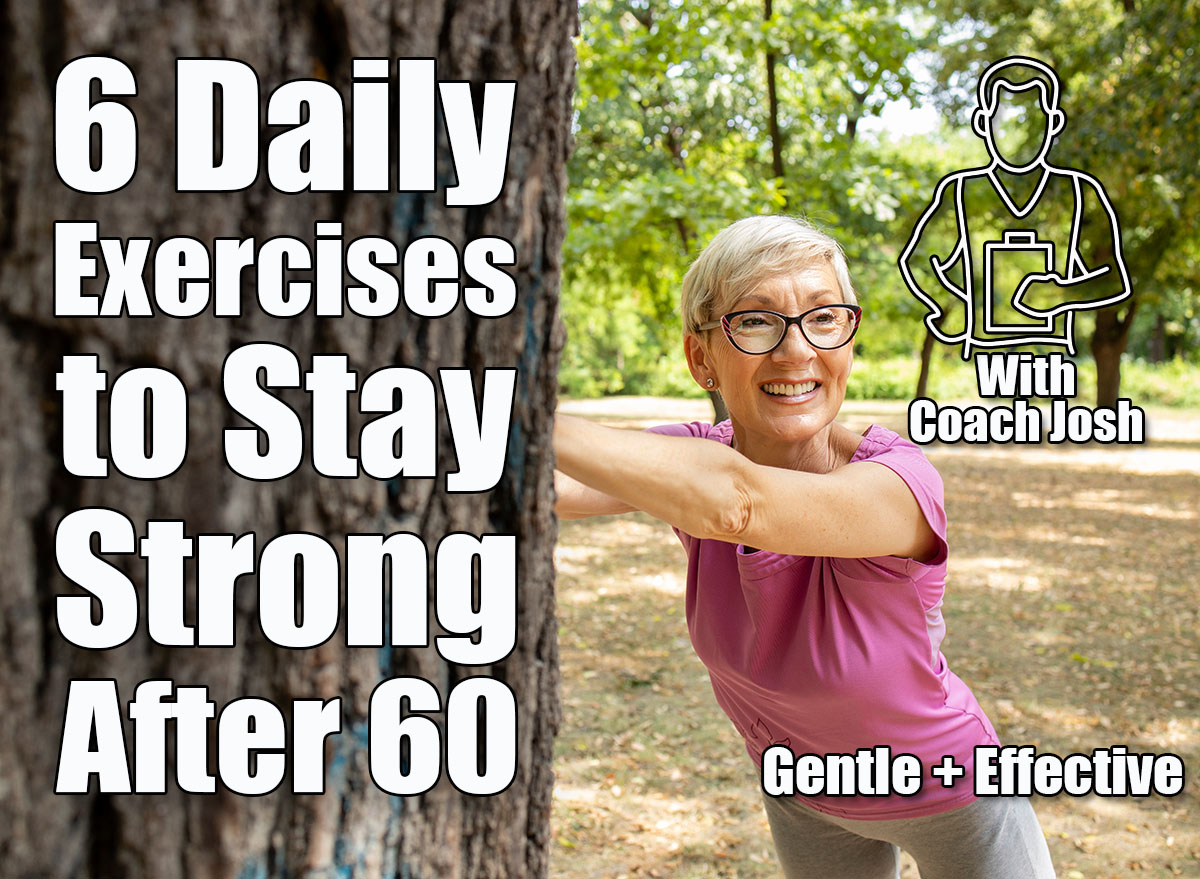
Reaching your 60s doesn’t mean slowing down—it means moving smarter. While your body naturally changes with age, the right daily exercises can help you maintain the strength, balance, and independence you need to keep living life on your own terms. These simple movements take just minutes a day but can make a world of difference in how you feel and function.
Why Your Body Needs Daily Movement After 60
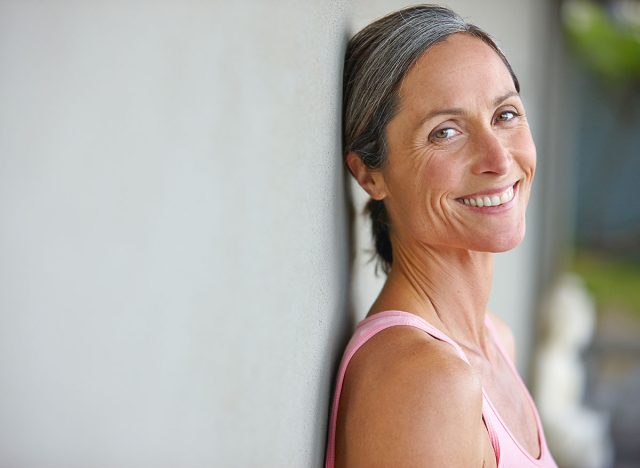
After 60, the body naturally experiences key changes: muscle loss, decreased bone density, reduced joint flexibility, and slower reaction times. These aren’t just fitness issues; they impact everyday tasks like climbing stairs, standing up from a chair, or maintaining balance. That’s why focused, functional exercises become essential to preserving independence, safety, and quality of life.
For older adults, daily movement helps combat the accelerated effects of aging, like stiffness, circulation issues, and muscle atrophy. Unlike younger adults, skipping a few days can set you back significantly. But “daily” doesn’t mean intense workouts every day. It means gentle, consistent movement that supports strength, mobility, and mental clarity.
5 Daily Exercises to Stay Strong After 60
Seated Marching (For Hip Strength & Circulation)

How to: Sit upright in a sturdy chair. Lift one knee toward your chest, then lower and switch legs.
Reps: Start with 10–15 reps per leg; work up to 30 each.
Benefit: Boosts hip flexor strength, blood flow, and balance.
Modifications: Use a high-back chair for extra support.
Watch for: Any pinching in the hips or lower back tightness.
Wall Push-Ups (For Upper Body Strength & Stability)
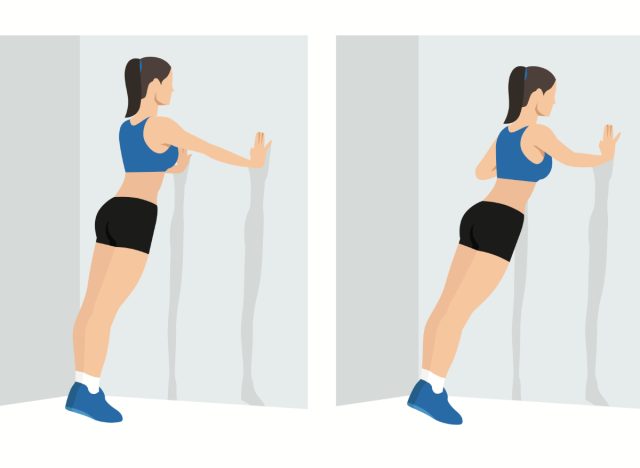
How to: Stand facing a wall, hands shoulder-width apart. Bend elbows to lower your chest toward the wall, then press back.
Reps: Begin with 10 reps; work up to 3 sets as strength builds.
Benefit: Improves chest, arm, and core strength—crucial for everyday pushing motions.
Modifications: Step closer to the wall for less resistance.
Watch for: Shoulder discomfort or wrist strain—adjust hand position as needed.
Sit-to-Stand (For Leg Power & Daily Mobility)
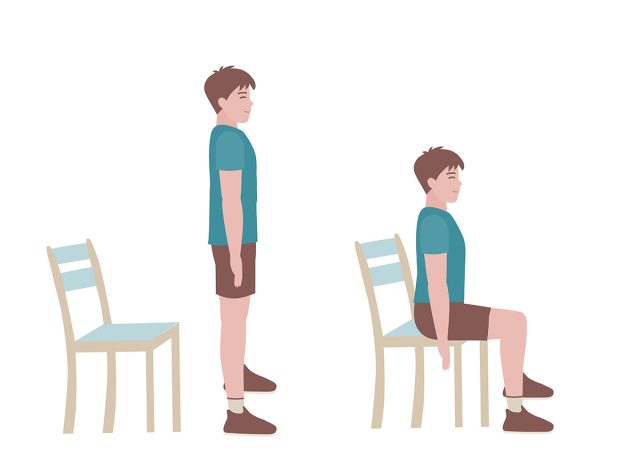
How to: Sit in a chair with feet flat. Cross arms or keep them on your thighs. Stand up slowly, then lower back down.
Reps: Start with 5 reps; increase to 10–15 over time.
Benefit: Strengthens quads and glutes, improving confidence with walking and transfers.
Modifications: Use armrests for support if needed.
Watch for: Knee pain or feeling unsteady. Take breaks as needed.
Heel-to-Toe Walk (For Balance & Coordination)
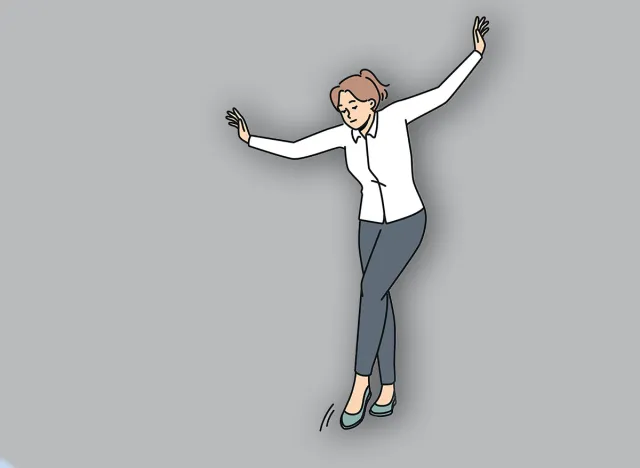
How to: Walk in a straight line, placing the heel of one foot directly in front of the toes of the other.
Reps: 10–15 steps per set; aim for 2–3 rounds.
Benefit: Enhances balance and reduces fall risk.
Modifications: Hold a wall or counter for stability.
Watch for: Dizziness or unsteadiness—stop and rest if needed.
Chest Opener Stretch (For Posture & Upper Back Mobility)
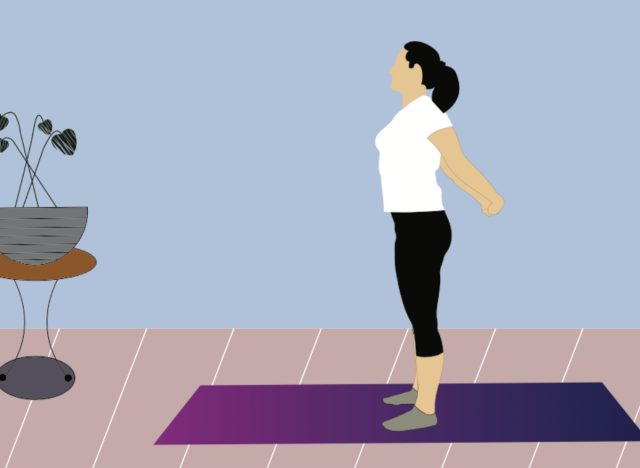
How to: Stand tall or sit upright in a chair. Clasp your hands behind your back (or grab a towel if your hands don’t meet). Gently straighten your arms and lift your chest, squeezing your shoulder blades together. Hold for 20–30 seconds, breathing deeply.
Reps: 1–2 rounds, holding 20–30 seconds each. Repeat daily.
Benefit: Counteracts forward rounding of the shoulders caused by sitting and screen time. Improves posture, shoulder mobility, and breathing capacity.
Modifications: If clasping hands is uncomfortable, hold a towel between them or rest hands on hips while gently opening the chest.
Watch for: Tingling or sharp pain in the shoulders or arms, ease off and adjust arm position as needed.
How to Start If You’ve Been Sedentary
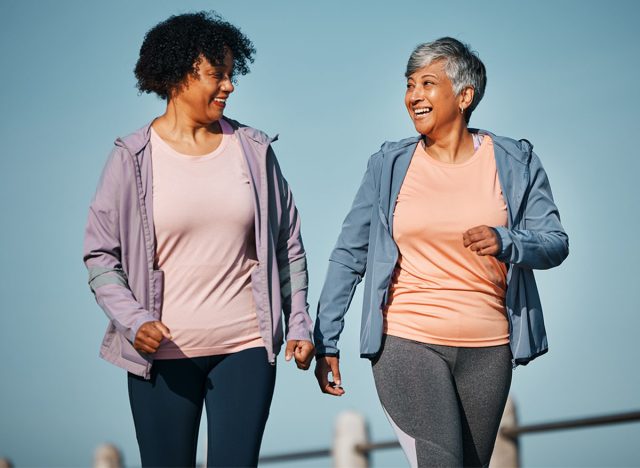
Start slow and focus on consistency over intensity. Even 10–15 minutes a day is enough to see progress. Begin with fewer reps and rest as needed. Within 3–4 weeks, most people feel more energized and mobile. By 6 weeks, improvements in balance, strength, and confidence are often noticeable. The key is to build gradually and listen to your body.
Supporting Your Exercise with Proper Nutrition

Nutrition is the fuel and foundation behind every movement. Prioritize lean protein, hydration, and key nutrients like calcium, magnesium, and vitamin D to support muscle recovery, bone strength, and energy. A balanced, whole-food approach enhances results and reduces the risk of injury or fatigue.
When to Expect Results
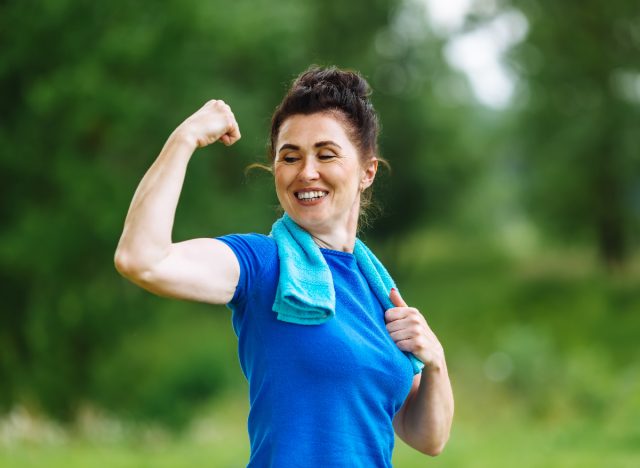
Most people begin to feel more mobile and mentally sharper within 2–3 weeks. Improvements in balance, coordination, and overall strength typically follow within 4–6 weeks, especially when exercise is paired with proper nutrition, rest, and hydration. Small, consistent efforts lead to big results over time.